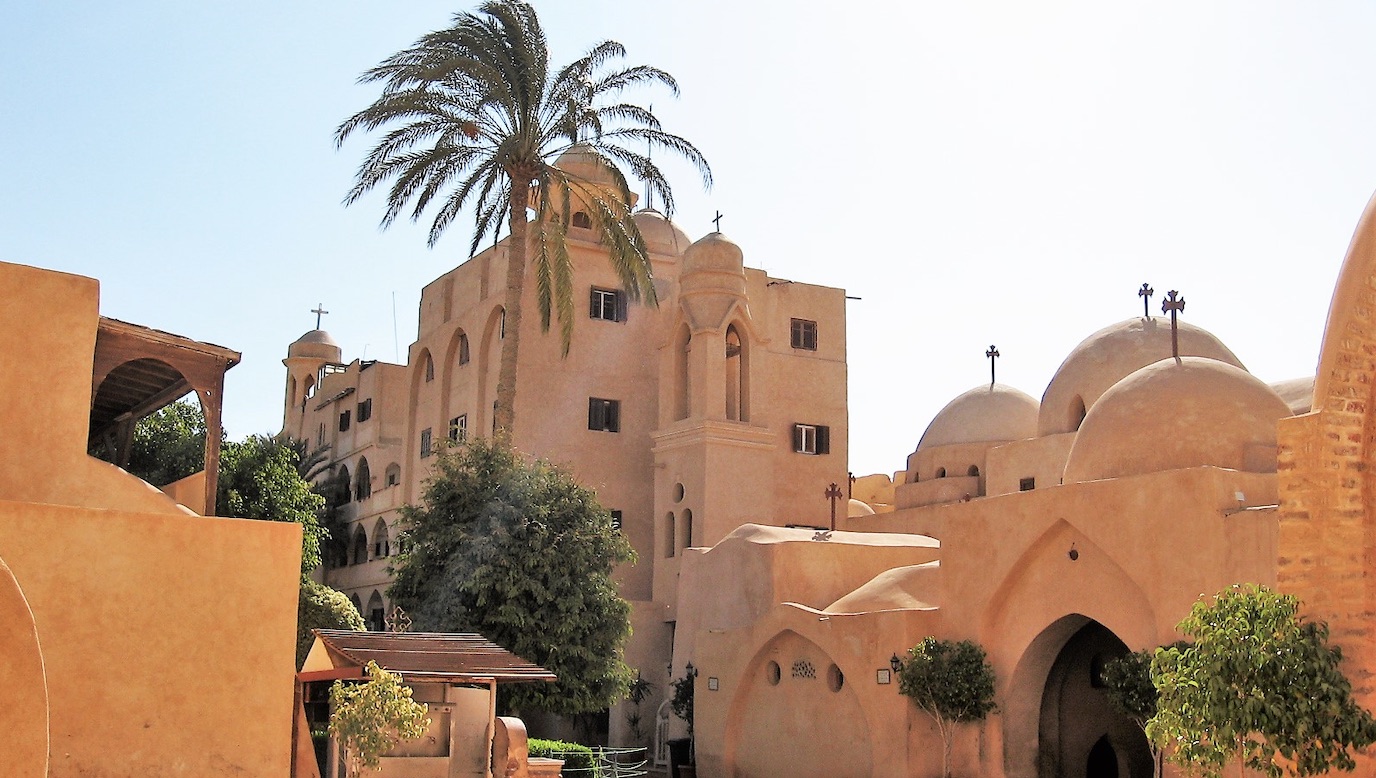On the outskirts of Cairo is a 60 kilometer desert depression called Wadi el-Natrun. A safe refuge for those who seek solitude, Wadi el-Natrun houses Coptic monasteries that are a testament to the resilience of the Coptic Christian community in Egypt. Wadi el-Natrun, or the Valley of Salt, dates back to ancient Egypt. The region contains large alkaline lakes that accumulate natron-rich salt deposits. The mineral was used in the mummification ceremonies in ancient Egypt, and was also used by Egyptian artisans to paint elaborate artworks inside ancient tombs. The first monastery and religious house was established by St. Macarius the Great in the mid-4th century AD. The place became a safe haven for men and women, where they lived and prayed together in community. The community later grew in number and became more organized, thus, a thriving monastic system was created. In the 5th and 6th centuries AD, the many monasteries of the Wadi al-Natrun sustained thousands of monks. They were established in spiritual commemoration of the Holy Family’s passage through the valley. In Christian faith, it is believed to have special significance to the Holy Family. As the…



